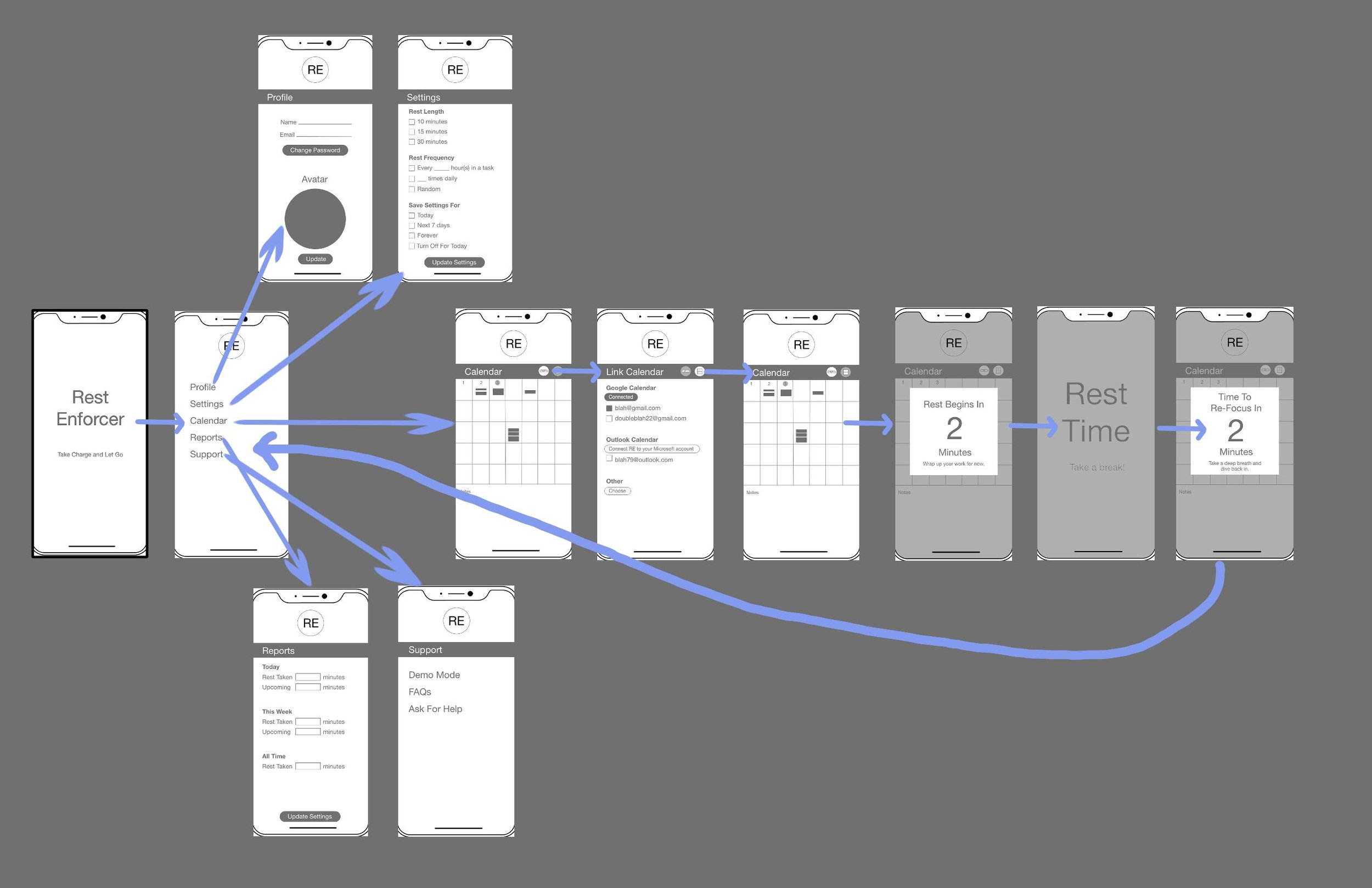Fred Rodgers would have been amazing at UX. I have nothing else to say about that. I just think the job would suit him.
I was at the point in my project of making wireflows, and since I had access to the Adobe programs through my job, I started out using Adobe XD. I figured out the basics, and looked online for what I didn’t know. Of course, once I felt I understood it well enough, I heard Sketch was better to work with. Fine.
I switched to Sketch for a bit, but not for long. As it turned out, Sketch was all but irrelevant in the UX/UI community, and I should be using Figma. Cue rolling my eyes, loudly sighing, and going for a walk.
After the walk (and a snack, and losing a stare-down with my cat), I decided that I could not, in fact, stop the flow of time. I sat down to learn Figma. That didn’t last long, but I’d signed up for a UX Design critique meetup that week, and figured no one would notice if I wasn’t fluent in the program yet.
The original wireframes were done in Adobe XD. Before I learned how to properly link them, I added rudimentary arrows. Language exists to communicate; the format is usually irrelevant…is what I tell myself to feel better about how little time I spent on figuring out how to add links.
Here’s where I have too many people to thank. At the critique, we did the basic runaround: names, work background, favorite animal. Then they sent around the link for the critique space, which was in FigJam.
I did my best to hide my “What the heck is a FigJam?” face, but I didn’t have to hold it for long. The controls were remarkably easy to pick up. I learned a lot just from watching everyone else futz around with digital sticky notes and popping their wireframes onto the board for all invited to see. Whoever designed it clearly had the users in mind. I couldn’t say the same for other programs or apps coughAdobecough.
After the warmup, and listening to critiques on the work of a few absolute UX beasts who made me wonder why on earth I was in the same room, I put up my dinky little frames. Surprisingly, everyone was kind, direct, and honest. I figured my work would be smashed to pieces. And it was, but in ways that made sense. I was told what worked and why. I was shown what didn’t work, and given resources on how to make it better. I didn’t know what I didn’t know, and no one seemed to mind. They just pointed out issues and potential fixes, sent links to books, articles, and UI examples, and we moved on. Rational. Precise. Clear.
Spock would also be amazing at UX, but for different reasons than Fred.
It was so weirdly refreshing that I attended a second critique that week. This one included a few people from the first one, and I gathered a lot more data on my shabby little mockups, this time with a slight Figma refresh.
I keep dismissing my work, but I am proud of it. It was, after all, my first foray into this world. “Perfect” is the enemy of “Done,” and all that.
I now had pages and pages of scribbled notes and sketches based on several hours in two critiques in a week. I had notes from my mentor, and a long list of resources.
Most importantly, I had research. As long as I kept going back to that, I might not do a perfect job, but it would be light years better than winging it.



